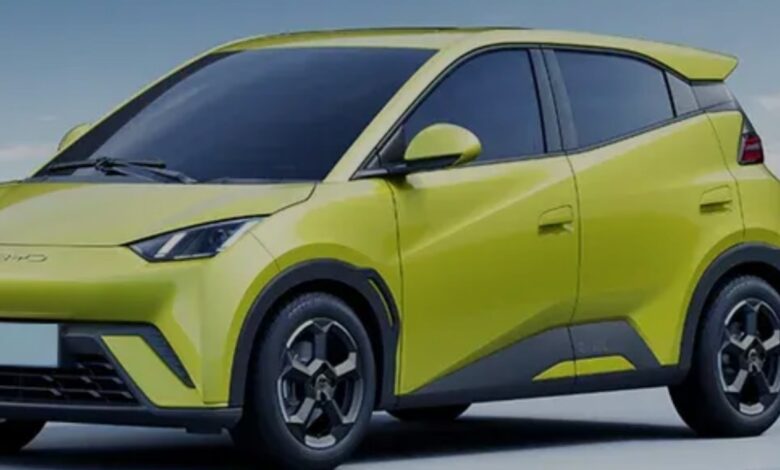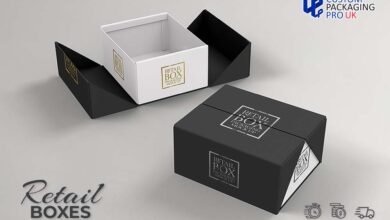Second-Hand Cars in Congo: What to Look For Before You Buy

Buying a second-hand car can be a great way to get a reliable vehicle without spending too much money. In Congo, the market for second-hand cars is growing, and many people prefer to buy used cars due to their affordability and availability. However, purchasing a second-hand car requires careful consideration to ensure you are getting a good deal. This guide will help you understand what to look for before buying second-hand cars in Congo so you can make a confident and informed decision.
Why Choose a Second-Hand Car?
Before diving into what to check before buying a second-hand car, let’s understand why buying used is a good option for many people in Congo:
- Affordability: Second-hand cars are more affordable than new ones, allowing you to get a vehicle that fits your budget.
- Slower Depreciation: New cars lose value quickly, especially in the first few years. With a second-hand car, most of that depreciation has already happened, which means the car’s value will decrease more slowly.
- More Choices: The second-hand car market in Congo offers a wide range of models, from compact cars to SUVs and pickup trucks.
- Lower Insurance Costs: Used cars usually come with lower insurance premiums, which can save you money in the long run.
Now that we’ve covered the benefits, let’s move on to the most important things to look for when buying a second-hand car in Congo.
1. Set Your Budget
Before starting your search for second-hand cars in Congo, it’s essential to have a clear idea of how much you’re willing to spend. Keep in mind that the price of a car isn’t the only cost involved. You’ll also need to factor in:
- Registration Fees: Every vehicle must be registered, and this can come with additional costs.
- Insurance: Depending on the age and condition of the car, insurance premiums can vary.
- Maintenance and Repairs: Second-hand cars may require more frequent repairs, so make sure you set aside a budget for maintenance.
By setting a realistic budget, you can focus on cars that are within your price range and avoid overspending.
2. Research the Market
The next step is to research the second-hand car market in Congo. You can start by visiting car dealerships that specialize in used vehicles, or browse online platforms that list second-hand cars in Congo. These platforms often have detailed descriptions, photos, and prices, allowing you to compare different models and find the best options.
Make sure to pay attention to the following:
- Make and Model: Some brands are known for their reliability, while others may require more frequent maintenance. Research popular brands in Congo that are known for their durability, especially on Congo’s rougher roads.
- Mileage: The mileage of a car can tell you a lot about its condition. Generally, lower mileage means the car has been driven less and may have less wear and tear.
- Price Comparison: Compare the prices of similar cars to ensure you’re getting a fair deal.
3. Check the Car’s Exterior Condition
Once you’ve found a car that fits your needs and budget, it’s time to inspect the vehicle in person. Start with the exterior, as it can give you an idea of how well the car has been maintained. Here’s what to look for:
- Paint and Bodywork: Walk around the car and look for any signs of rust, scratches, dents, or uneven paint. If the car has been in an accident, poorly repaired areas might stand out.
- Tires: Check the condition of the tires. Uneven tire wear could be a sign of alignment problems, which can be costly to fix. Make sure the tires have enough tread left for safe driving.
- Lights and Indicators: Test the headlights, taillights, brake lights, and indicators to ensure they are all working properly.
- Glass: Inspect the windshield and windows for any cracks or chips. Small cracks can get worse over time and may need to be repaired or replaced.
4. Inspect the Interior
The interior of the car is where you’ll spend most of your time, so it’s important to make sure it’s in good condition. Here are some things to check inside the car:
- Seats: Look for any signs of wear or damage on the seats. Check if the seats are adjustable and comfortable for long drives.
- Dashboard and Controls: Test all the buttons, switches, and controls to ensure everything works. This includes the air conditioning, heating, windows, radio, and navigation system (if the car has one).
- Odor: If the car smells musty or of smoke, this could indicate water damage or that the previous owner was a smoker, which can affect your comfort.
- Carpets and Upholstery: Check the carpets and upholstery for stains or signs of water damage.
5. Check Under the Hood
The engine is the heart of the car, so inspecting it thoroughly is one of the most critical steps. Even if you’re not a mechanic, there are a few things you can easily check:
- Fluid Levels: Check the oil, brake fluid, and coolant levels. Low or dirty fluids can be a sign of neglect.
- Battery Condition: Look for signs of corrosion around the battery terminals. If the battery looks worn or old, it may need to be replaced soon.
- Hoses and Belts: Inspect the hoses and belts for any cracks, wear, or leaks.
- Leaks: Look under the car for any signs of oil, transmission fluid, or coolant leaks. A leaky car can lead to expensive repairs.
If you’re unsure about checking these components yourself, consider hiring a professional mechanic to do a pre-purchase inspection. This can help identify any hidden issues before you commit to buying the car.
6. Review the Vehicle’s History
A vehicle history report is essential when buying a second-hand car. It will provide information on the car’s past, including:
- Accident History: Find out if the car has been in any major accidents. Cars that have been in severe accidents may have long-term issues that are hard to fix.
- Service Records: A well-maintained car should have a record of regular servicing and repairs. These records can show how well the car has been cared for over the years.
- Ownership History: Check how many previous owners the car has had. Cars with fewer owners are often in better condition.
7. Take the Car for a Test Drive
A test drive is one of the best ways to assess the car’s condition. Here’s what to look for during the test drive:
- Braking: The brakes should feel responsive, without any grinding or squeaking noises.
- Steering: The steering should be smooth and not pull to one side. Any stiffness or noise when turning could indicate a problem.
- Acceleration: The car should accelerate smoothly, without any hesitation or strange sounds from the engine.
- Suspension: Drive over a few bumps to check the suspension. A good suspension system will absorb shocks without making the ride uncomfortable.
During the test drive, try to drive in different conditions, such as on city streets and highways, to get a better sense of how the car handles.
8. Negotiate the Price
Once you’ve found a car that meets your needs and passes your inspection, it’s time to negotiate the price. Use the information you gathered during your research and inspection to justify any price reductions. For example, if the car has minor cosmetic issues or needs new tires, use this to your advantage during negotiations.
- Know the Market Value: Have a clear idea of the car’s market value based on your research. This will give you more leverage when negotiating with the seller.
- Be Prepared to Walk Away: If the seller is unwilling to negotiate or if the price is too high, don’t be afraid to walk away. There are many second-hand cars in Congo, and you’ll likely find a better deal elsewhere.
9. Finalize the Purchase
Once you’ve agreed on a price, make sure all the paperwork is in order. This includes the car’s registration documents, customs papers (if it’s an imported vehicle), and proof of sale. Ensure that the vehicle is legally transferred to your name and that you get a receipt for the transaction.
Before driving away, don’t forget to arrange for insurance. Car insurance is mandatory in Congo, and you’ll need to have coverage in place before taking ownership of the vehicle.
Conclusion
Buying second-hand cars in Congo can be a rewarding experience if you know what to look for. By carefully inspecting the car, checking its history, taking it for a test drive, and negotiating the price, you can find a reliable used vehicle that suits your needs and budget. With these tips in mind, you’ll be well-prepared to make a smart purchase and enjoy your new car for years to come.





